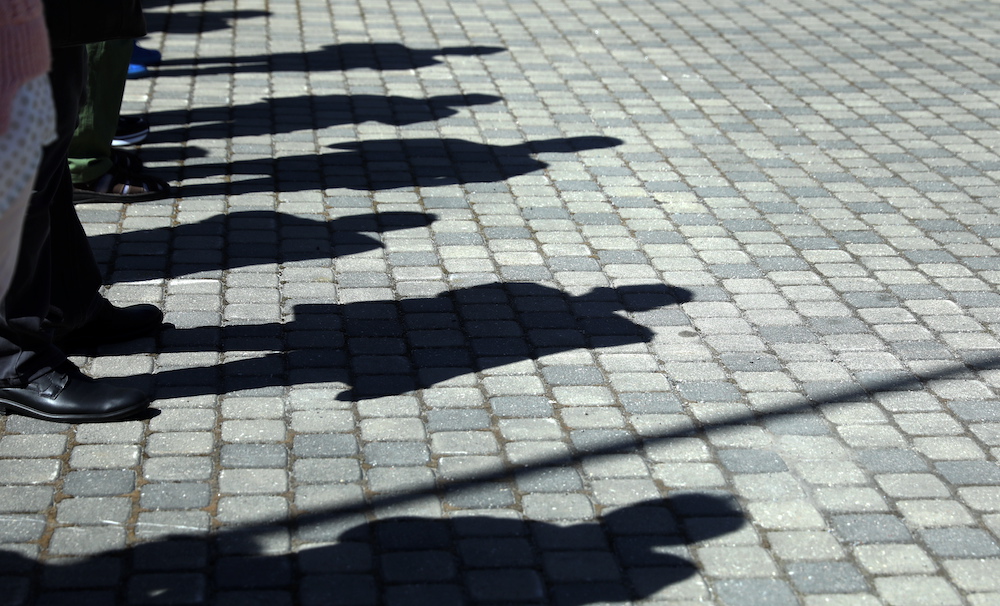Latvia is currently undergoing a transitional phase in terms of human trafficking, according to the draft Action Plan for the Prevention of Human Trafficking for 2025–2027, prepared by the Ministry of the Interior.
While Latvia was previously primarily known as a country of origin—since Latvian nationals were often exploited abroad—it is now simultaneously a country of origin, destination, and transit, and a place where its own residents are exploited.
This shift requires a strategic approach to policymaking, involving diverse actions across multiple directions. This approach differs significantly from countries that are primarily destinations or countries of origin alone.
During this transition, many established practices and systems—such as approaches to risk environments, victim identification and referral, and victim support—must be revised or adapted. The need for new services is also increasing; for example, the lack of interpreter access can significantly hinder victim support efforts and reduce available assistance, the draft document states.
As a result, the circle of cooperating institutions and the range of issues to be addressed in combating human trafficking are expanding significantly.
Since 2016, 303 victims of human trafficking have been identified in Latvia. Of these, 213 were Latvian nationals and 90 were third-country citizens. Victims have been subjected to trafficking both within Latvia and abroad.
The most commonly identified forms of human trafficking include labour exploitation, sexual exploitation, forced sham marriages, and coercion or involvement in criminal activities such as drug trafficking or financial fraud. There have also been cases involving forced begging abroad, including minors.
Higher risks are associated with more vulnerable social groups, as the issue of human trafficking is strongly influenced by various social and economic factors that cannot be addressed solely through anti-trafficking policies.
The overarching goal of the plan is to strengthen institutional capacity and an effective approach to the prevention of human trafficking—by targeting traffickers, improving victim identification and referral, and providing appropriate support to victims.
To achieve this, several objectives have been outlined, categorized into four main action areas:
Prevention and awareness: This involves public awareness measures targeted at society as a whole and at-risk groups.
Victim support: This area focuses on early identification of trafficking victims and immediate actions to ensure protection and necessary support. Greater emphasis will be placed on early detection and the development of regulations enabling information exchange and cooperation to ensure prompt assistance.
Training will be provided for frontline institutions, and a new tool for identifying trafficking victims will be developed to enhance the capacity of those first responders.
Prosecution and accountability: This area includes measures to strengthen investigation, prosecution, and judicial processes related to trafficking. The plan also includes transposing an EU directive into Latvian legislation. The directive criminalizes the knowing use of services provided by trafficking victims and prescribes stricter penalties, including up to ten years’ imprisonment in severe cases. While parts of the directive are already reflected in the Criminal Law, the rest must be implemented by July 2026.
Policy coordination: To support evidence-based policymaking, a proposal will be prepared during this planning period for the establishment of an independent rapporteur on human trafficking in Latvia. A permanent expert working group will also be established to provide ongoing coordination—unlinked to any single policy document, as has been the case until now.
The plan will need to be approved by the government.
